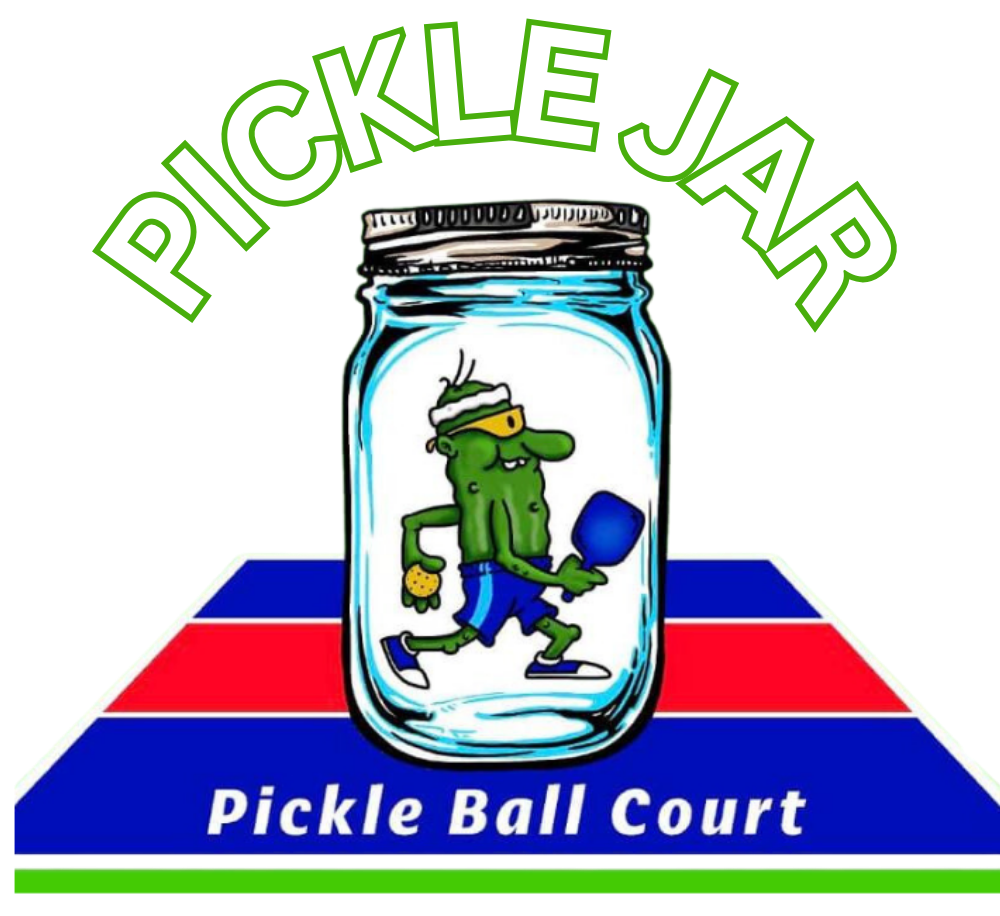Indoor And Outdoor Pickleball Courts Are Not The Same
Pickleball might have started as a backyard activity, but it’s come a long way since then. These days, indoor pickleball is stealing the spotlight, and for good reason. While the game remains the same at its core—paddles, balls, and quick reflexes—the environment can change everything. When you step inside to play, you're not just escaping the elements. You're entering a different kind of game altogether, one shaped by the floor beneath your feet, the lights overhead, and even the sound of the ball echoing off the walls. Indoor and outdoor courts might look similar at a glance, but they play like two different beasts.
Let’s dig into the distinct factors that give indoor pickleball its edge—and what they mean for how the game unfolds.
The Surface Beneath You Changes The Entire Game
It might not be the first thing people notice, but the court surface matters more than you'd think. Outdoor courts are usually built from asphalt or concrete—hard, gritty, and a bit unforgiving. They’re built to endure heat, rain, and snow, not necessarily to be gentle on your joints. That kind of surface makes the ball bounce higher and faster, which can speed up the tempo of a match. It pushes players to react quickly and favors a more aggressive, fast-paced style of play.
Indoor courts, on the other hand, are typically made from materials like wood or synthetic sport flooring. These are smoother, slightly more forgiving, and consistent from one court to the next. Because of the softer material, the ball tends to bounce lower indoors, which means rallies are often longer and more strategic. You might find yourself spending more time dinking at the net, maneuvering your opponent into position, rather than relying on a power game.
The surface also plays a huge role in movement. Indoors, players can glide more easily without dealing with loose gravel, sand, or moisture. That extra stability helps with footwork and allows for more dynamic plays. It encourages finesse, careful planning, and clever positioning—something that might get lost in the quicker pace of outdoor play.
Lighting That Doesn’t Shift With The Sun
Anyone who’s played under a mid-afternoon sun knows just how much natural light can mess with your game. One minute it’s bright and clear, the next you’re squinting into glare or chasing shadows across the court. Cloud cover, the angle of the sun, and even the time of day can drastically impact visibility outside. In outdoor pickleball, players often adjust their timing and paddle angles just to account for where the sun is positioned.
Indoor facilities eliminate all of that guesswork. With carefully arranged lighting systems, players can rely on uniform brightness and minimal glare from the first serve to the last point. That consistent visibility creates a more focused environment, allowing players to keep their eyes on the ball without second-guessing where it's coming from or where it’s about to land.
Better lighting can lead to quicker reactions, cleaner hits, and fewer errors. It’s a subtle difference that has a big effect, especially during high-speed volleys or split-second returns. Indoors, players can truly zone in—pun intended—without having to deal with the unpredictability of nature’s spotlight.
Noise: The Unseen Player On The Court
Sound behaves very differently indoors than it does outside, and you feel it the second you walk into a facility. In an outdoor game, background noise like traffic, wind, birds, or nearby players blends into the distance. But inside, those sounds bounce around. Every paddle hit, every shout, and every footstep has a distinct echo.
That acoustic environment doesn’t just add to the atmosphere—it actually changes how people play. Indoor players often rely more heavily on audio cues: the sharp pop of a well-struck ball or the soft thud of a drop shot hitting the ground. You learn to listen as much as you watch.
But noise can also be distracting. A crowded indoor court can get loud fast, especially during competitive matches or social play with multiple games running at once. That energy can be motivating or overwhelming, depending on the player. The key is learning how to filter it out or use it to your advantage. Players who thrive indoors tend to develop a kind of selective hearing, tuning into the sounds that matter and blocking out the rest.
The acoustics also influence communication during doubles. Indoors, partners need to be mindful of how loudly or clearly they call the ball, because echoes can lead to miscommunication. That slight delay or overlap in sound might seem small, but at a high level, it can mean the difference between winning the point or watching it sail by.
Strategy Evolves With Environment
Pickleball strategy is never one-size-fits-all. Indoor courts naturally lend themselves to a slower, more controlled pace. Players often play closer to the net, with more emphasis on dinks, drops, and setup shots. The ball doesn’t skid the same way it does outside, so there’s a little more time to set up and a little more room to get creative. The soft game—those gentle, strategic exchanges at the kitchen line—tends to flourish indoors.
Outdoors, the strategy often shifts toward power and aggression. Because the ball bounces harder and higher, players can take advantage of speed and drive shots. Wind and other weather conditions add even more unpredictability, so the outdoor style often leans toward quick finishes and capitalizing on errors. You’ll see more overhead slams and drive returns outside than you might on an indoor court.
That shift in environment demands a shift in mindset. Indoor players learn to anticipate subtleties. They look for small openings, use ball placement more strategically, and take advantage of the consistent bounce to set up plays two or three shots in advance. It’s a thinking game as much as a reflex one.
Understanding that difference—and adapting to it—is part of what makes indoor pickleball such a rewarding challenge. It’s not about which environment is better. It’s about how each one brings out different parts of the game and, ultimately, different parts of the player.
Indoor pickleball isn't just a weather-proof alternative. It's a unique version of the game that demands a fresh approach, sharper awareness, and refined technique. From the smooth, responsive court beneath your shoes to the steady lighting overhead and the lively acoustics that surround every rally, the indoor setting creates an experience that’s both immersive and strategic.
At The Pickle Jar, we’ve built our space specifically to elevate that experience. Whether you're refining your dink game, testing new tactics, or just looking for a place to play that doesn’t depend on the forecast, we’re here to offer something more than just another court.
Contact us today to book a court, schedule a lesson, or find out how to get involved in our leagues and events. We're ready when you are—let’s play.

